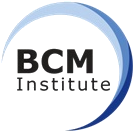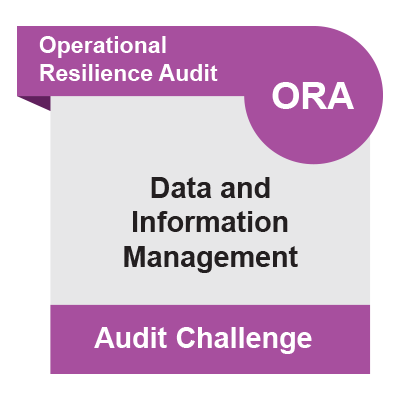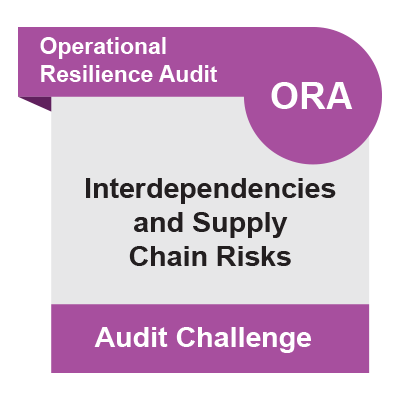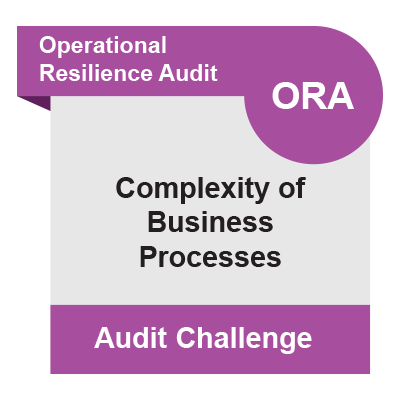[ORA] Roles and Responsibilities of Operational Resilience Auditors
Roles and Responsibilities of Operational Resilience Auditors
 Operational resilience auditors ensure organisations can withstand disruptions and maintain critical operations. Their responsibilities involve diverse tasks, requiring a unique blend of technical expertise, communication skills, and problem-solving abilities.
Operational resilience auditors ensure organisations can withstand disruptions and maintain critical operations. Their responsibilities involve diverse tasks, requiring a unique blend of technical expertise, communication skills, and problem-solving abilities.
Here is a breakdown of their key roles and responsibilities:
Assessment and Evaluation
- Identify and assess potential threats.
- Analyse various sources to understand internal and external factors that could disrupt critical operations.
- Analyse various sources to understand internal and external factors that could disrupt critical operations.
- Evaluate existing resilience programs.
- Assess the effectiveness of existing controls, plans, and processes in mitigating identified risks.
- Assess the effectiveness of existing controls, plans, and processes in mitigating identified risks.
- Perform risk assessments.
- Utilise various methodologies (e.g., scenario-based, data-driven) to quantify the likelihood and impact of potential disruptions.
- Utilise various methodologies (e.g., scenario-based, data-driven) to quantify the likelihood and impact of potential disruptions.
- Conduct audits and investigations.
- Analyse documentation, interview stakeholders, and test controls to evaluate program effectiveness and identify vulnerabilities.
Planning and Implementation
- Develop and recommend improvements.
- Based on their findings, propose enhancements to existing programs, controls, and processes.
- Based on their findings, propose enhancements to existing programs, controls, and processes.
- Collaborate with stakeholders.
- Engage with business units, risk management teams, and senior leadership to understand needs and ensure aligned recommendations.
- Engage with business units, risk management teams, and senior leadership to understand needs and ensure aligned recommendations.
- Develop and implement audit plans.
- Design the scope, objectives, and methodologies for conducting operational resilience audits.
- Design the scope, objectives, and methodologies for conducting operational resilience audits.
- Manage and lead audit teams.
- Build, train, and motivate teams with diverse skill sets to achieve audit objectives effectively.
Communication and Reporting
- Communicate effectively.
- Present audit findings and recommendations clearly and concisely to various stakeholders, tailored to their needs and knowledge level.
- Present audit findings and recommendations clearly and concisely to various stakeholders, tailored to their needs and knowledge level.
- Prepare audit reports.
- Draft comprehensive and actionable reports documenting findings, conclusions, and recommendations, adhering to relevant standards and regulations.
- Draft comprehensive and actionable reports documenting findings, conclusions, and recommendations, adhering to relevant standards and regulations.
- Facilitate discussion and action.
- Collaborate with stakeholders to address concerns, answer questions, and implement agreed-upon actions.
Continuous Improvement and Development
- Monitor and update assessments.
- Keep updated with evolving threats, regulatory changes, and industry best practices, and refine assessments and recommendations accordingly.
- Keep updated with evolving threats, regulatory changes, and industry best practices, and refine assessments and recommendations accordingly.
- Stay informed about emerging trends.
- Learn and adapt continuously to new technologies, techniques, and methodologies in operational resilience auditing.
- Learn and adapt continuously to new technologies, techniques, and methodologies in operational resilience auditing.
- Share knowledge and expertise.
- Contribute to the profession's development by sharing best practices, participating in professional organisations, and mentoring others.
Additional Responsibilities and Specific Role
- Third-party risk assessments.
- Evaluate the resilience of critical vendors and suppliers.
- Evaluate the resilience of critical vendors and suppliers.
- Regulatory compliance audits.
- Ensure adherence to relevant regulations impacting operational resilience.
- Ensure adherence to relevant regulations impacting operational resilience.
- Information security audits.
- Assess the cybersecurity posture of systems and controls related to operational resilience.
Summing Up ...
Overall, operational resilience auditors are critical in protecting organisations from disruptions and ensuring business continuity.
They require a comprehensive skill set, critical thinking abilities, and the ability to effectively communicate complex information to diverse stakeholders.
As the field evolves, their responsibilities will continue to adapt and expand, requiring continuous learning and development to address emerging challenges and effectively contribute to organisational resilience.

![[ORA] Roles and Responsibilities of Operational Resilience Auditors](https://blog.bcm-institute.org/hubfs/Operational%20Resilience%20Audit/CTA%20ORA%20Morepost/CTA_ORA_Roles%20and%20Responsibilities%20of%20OR%20Auditor.png)







![Email to Sales Team [BCM Institute]](https://no-cache.hubspot.com/cta/default/3893111/3c53daeb-2836-4843-b0e0-645baee2ab9e.png)

![[ORA] Challenges Faced by Auditor and Reviewer](https://blog.bcm-institute.org/hubfs/Operational%20Resilience%20Audit/CTA%20ORA%20Morepost/ORA%20Challenged%20Morepost/CTA_ORA_Challenge_Challenges%20Faced%20by%20Auditors%20and%20Reviewers.png)












